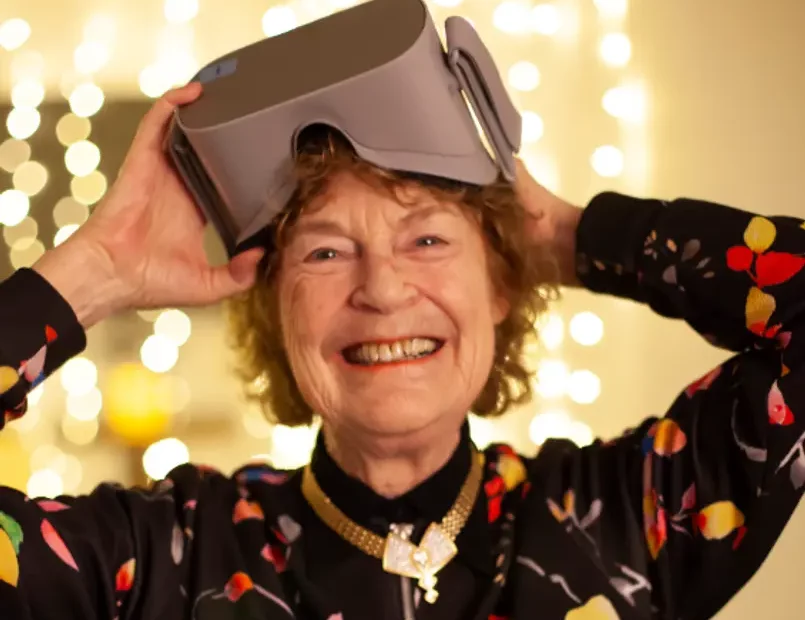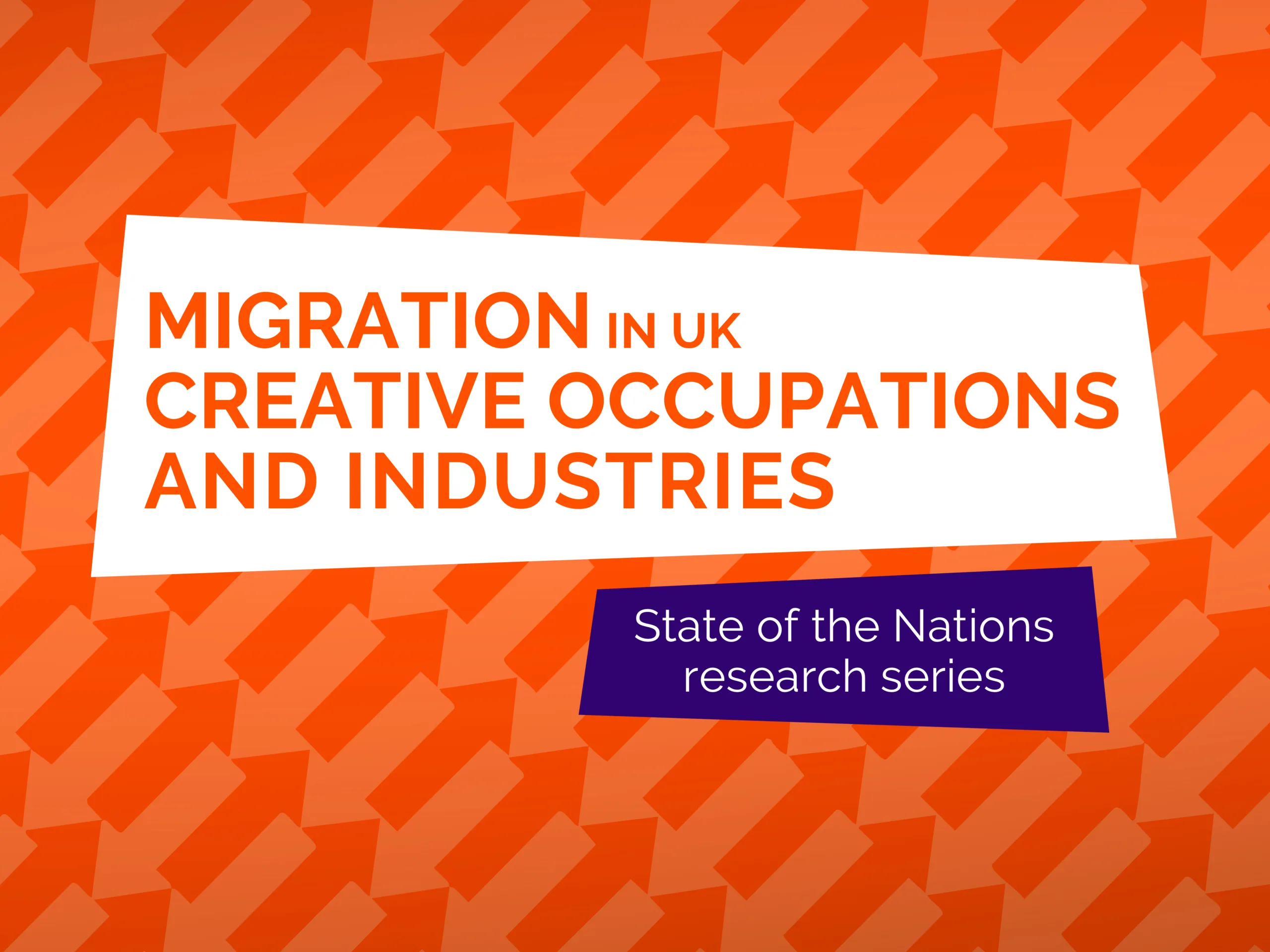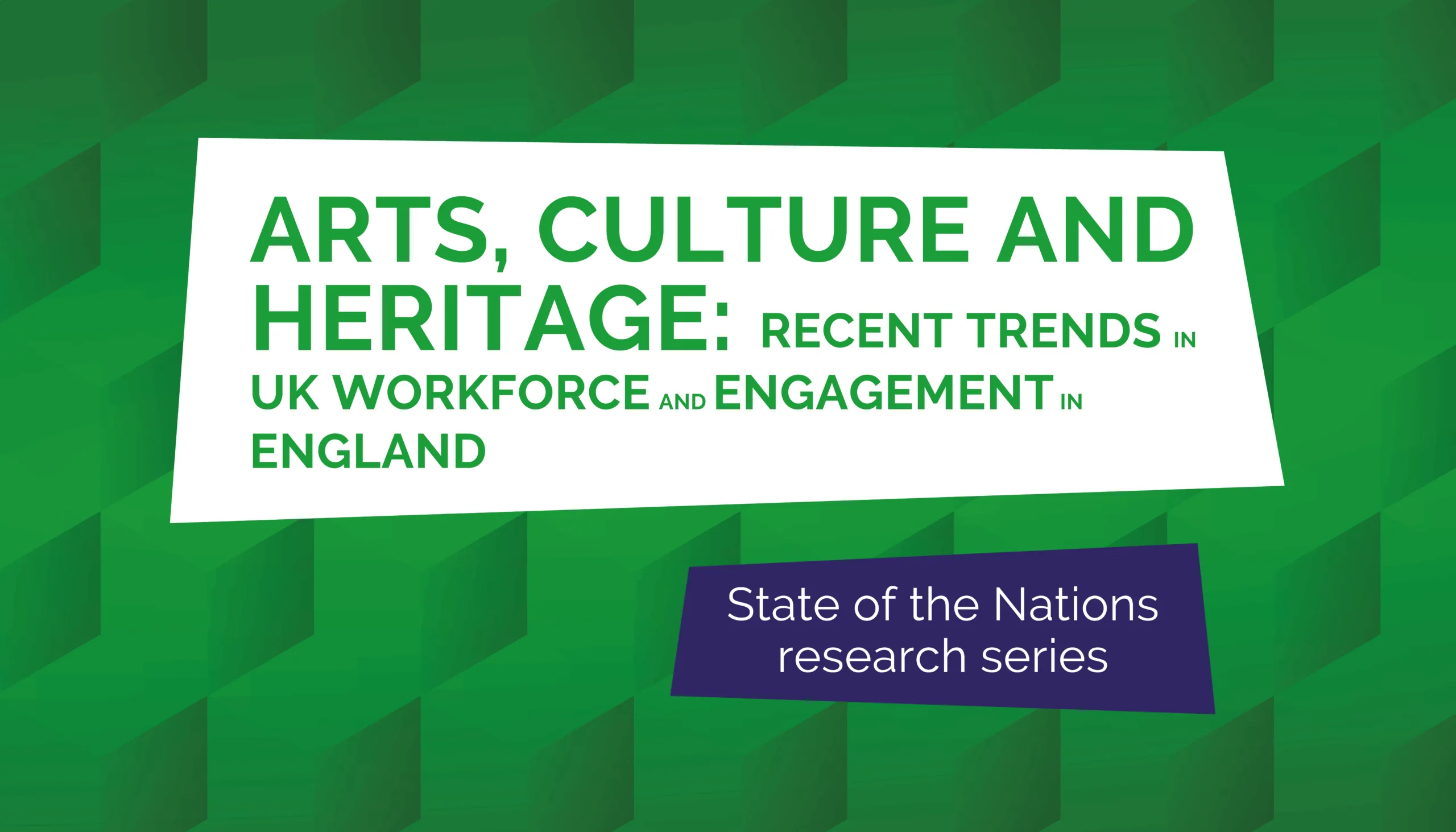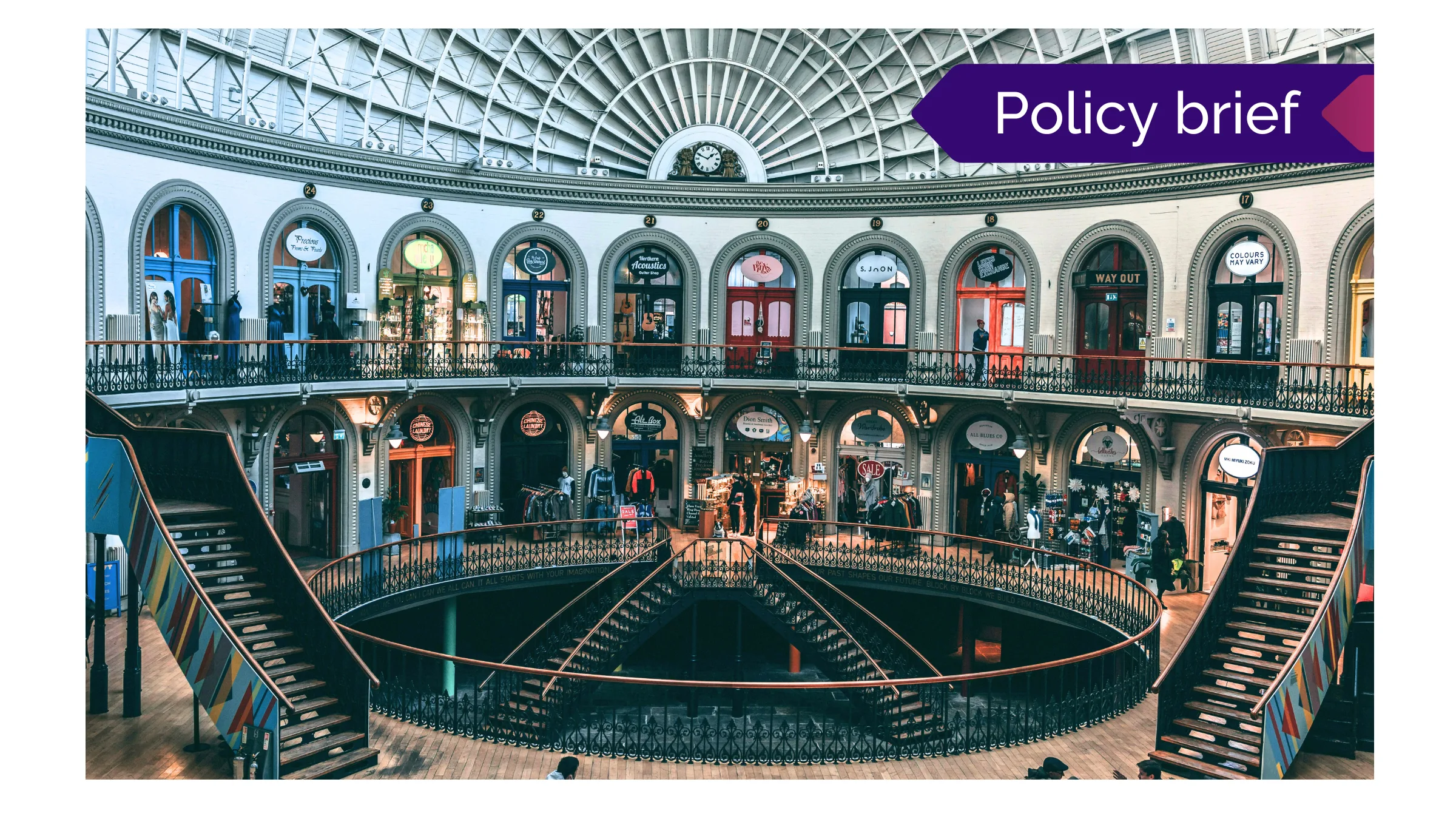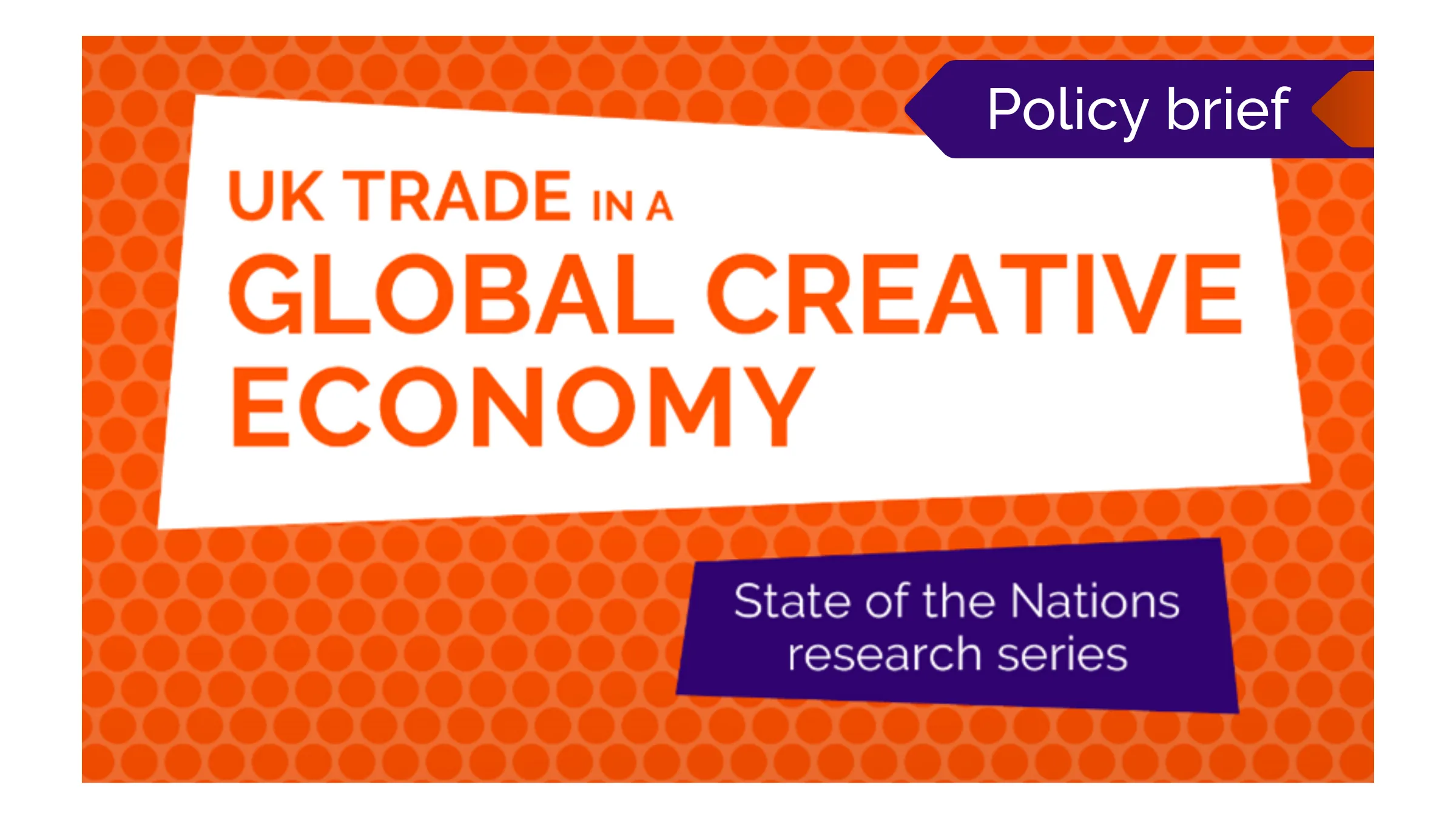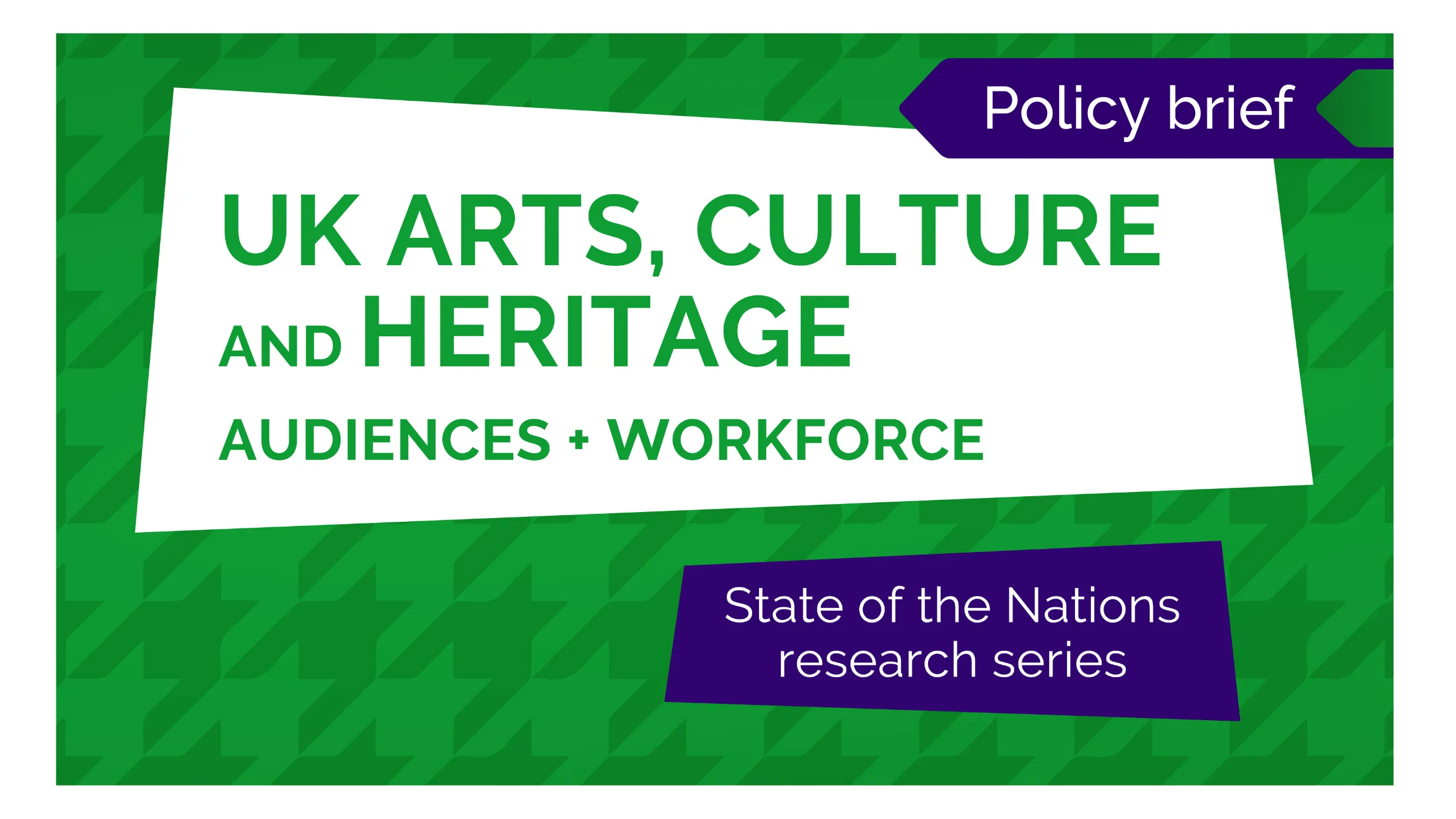How the cultural industries can increase the adoption of immersive technologies for mainstream audiences
Virtual reality worlds. Procedurally generated landscapes. Live immersive experiences.
This sort of technology used to be the stuff of science fiction. Now, people can visit a virtual reality cinema or play a virtual reality game. People regularly use wearable tech such as heart rate monitors to help regulate their bodies during exercise. Augmented reality is used in everyday devices, from from stargazing apps to Christmas themed immersive experiences run by Northampton Borough Council.
But how widespread is this use of technology, and who is using it?
This new report is written by Catherine Allen, CEO of Limina Immersive, in partnership with the PEC’s researchers from Cardiff University. It investigates and describes Limina Immersive’s experience of using creative technologies, particularly virtual reality, to reach new audiences.
It uses a combination of academic research, audience surveys and Limina Immersive’s own studies and observations, to discover how people are consuming creative content and the barriers which are preventing them from using the latest technologies.
This report is based on years of in-depth research and draws on a diverse range of sources, from focus groups and sales data, to quantitative analysis of the gender balance of executives on the UK’s virtual reality companies.
It reveals that there is a growing divide between people who have the time, skills and finances to use the latest creative technologies, like virtual reality, and those who are being left behind. Despite the fact that the proportion of people in the UK who have access to the internet has never been higher, and previously niche platforms like YouTube are now being widely used by most demographics, many people lack the skills and confidence to use new technology like virtual reality headsets.
This problem has been thrown into stark light by the COVID-19 pandemic. Creative sub-sectors such as museums and the live music industry have had to find ways of reaching audiences that are stuck at home. Despite an initial increase in people accessing virtual art galleries and watching live streamed concerts from their living room, neither sector has had the same reach as it would do in normal times (have a look at recent research from the PEC, the Intellectual Property Office and AudienceNet into people’s consumption of creative content over the UK’s lockdown).
On top of this, there is the familiar problem that arises when one type of person dominates the creation, production and consumption of a new technology – everything is designed for their use, excluding other groups, and creating new barriers for entry. This report argues that, in order for virtual reality to break into new markets and become more widely appealing, it needs to challenge gender inequalities before they become entrenched. For instance, only 14% of directors of VR companies in the UK are women.
This report isn’t just investigating the challenges faced by the immersive technology industry. It also suggests actions and policies that can be immediately taken to overcome some of the barriers that have been identified. Companies should change their marketing strategies to appeal to more than a narrow, young male audience. They could design their immersive experiences to be cooperative and social, activities that couples and families can take part in together.
Allen, C., Kidd, J., Nieto McAvoy, E. (2020) Beyond the early adopter: widening the appeal for virtual reality. Available from: https://www.pec.ac.uk/policy-briefings/beyond-the-early-adopter-widening-the-appeal-for-virtual-reality
Published 9th December 2020
Photo taken by Limina Immersive of Nikki van der Zyl.
This report is published by the Creative Industries Policy and Evidence Centre (PEC). In keeping with normal academic practice, responsibility for the views expressed in this research, and the interpretation of any evidence presented, lies with the authors. These views and interpretations do not necessarily represent those of the PEC or its partner organisations.
Related Policy Briefings
Policy Brief: Creative Industries Employers’ Perspectives on Skills Initiatives: 2025
Overview The Government’s new Industrial Strategy sets a long-term, sector-focused approach to skill…
Policy Brief: Migration in UK Creative Occupations and Industries
Overview The UK’s creative industries are internationally oriented, a fact that’s reflected in its e…
Policy Brief: Arts, Culture and Heritage: Recent Trends in UK Workforce and Engagement in England
Overview Five years after the Covid-19 pandemic, engagement and employment in the arts, culture and …
Policy Brief: Foreign Direct Investment in the UK’s Creative Industries
Read the Policy Brief based on the most recent State of the Nations Report on FDI.
Policy Brief: Insights from the Northern Creative Corridor Workshops Sprint
The Northern Creative Corridor is an initiative aimed at connecting creative clusters across Norther…
Policy Brief: International Trade and the UK Creative Industries
This policy brief examines international trade in the UK creative industries. Drawing on our UK Trad…
Policy brief: Audiences and Workforce in Arts Culture and Heritage
This policy brief uses census data to provide, for the first time, a comprehensive analysis of audie…
Policy Brief: Transitioning to Sustainable Production across the UK Theatre Sector
This policy brief outlines recommendations for transitioning to more sustainable theatre production …
Authors’ Earnings in the UK
This policy briefing sets out areas for possible policy action, proposed by the researchers at CREAT…
Television production, international trade and pressures to consolidate
The UK television production sector is one of Britain’s leading creative export sectors. This briefi…
Three ways to support growth in the creative industries
Three ways to support growth in the creative industries The Creative Industries are an economic powe…
Policy briefing: Creative industries innovation in seaside resorts and country towns
This policy brief is based on a PEC Discussion Paper: Creative Industries Innovation in Seaside Reso…
